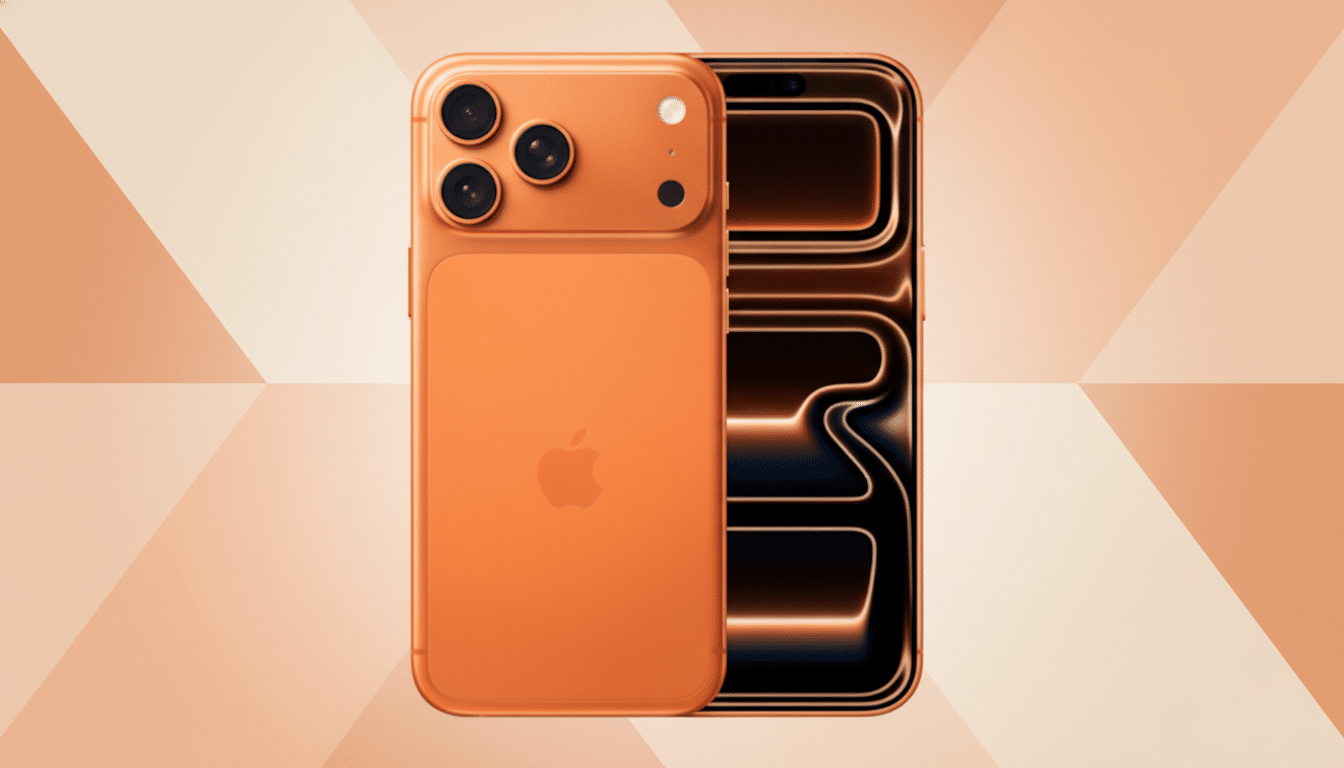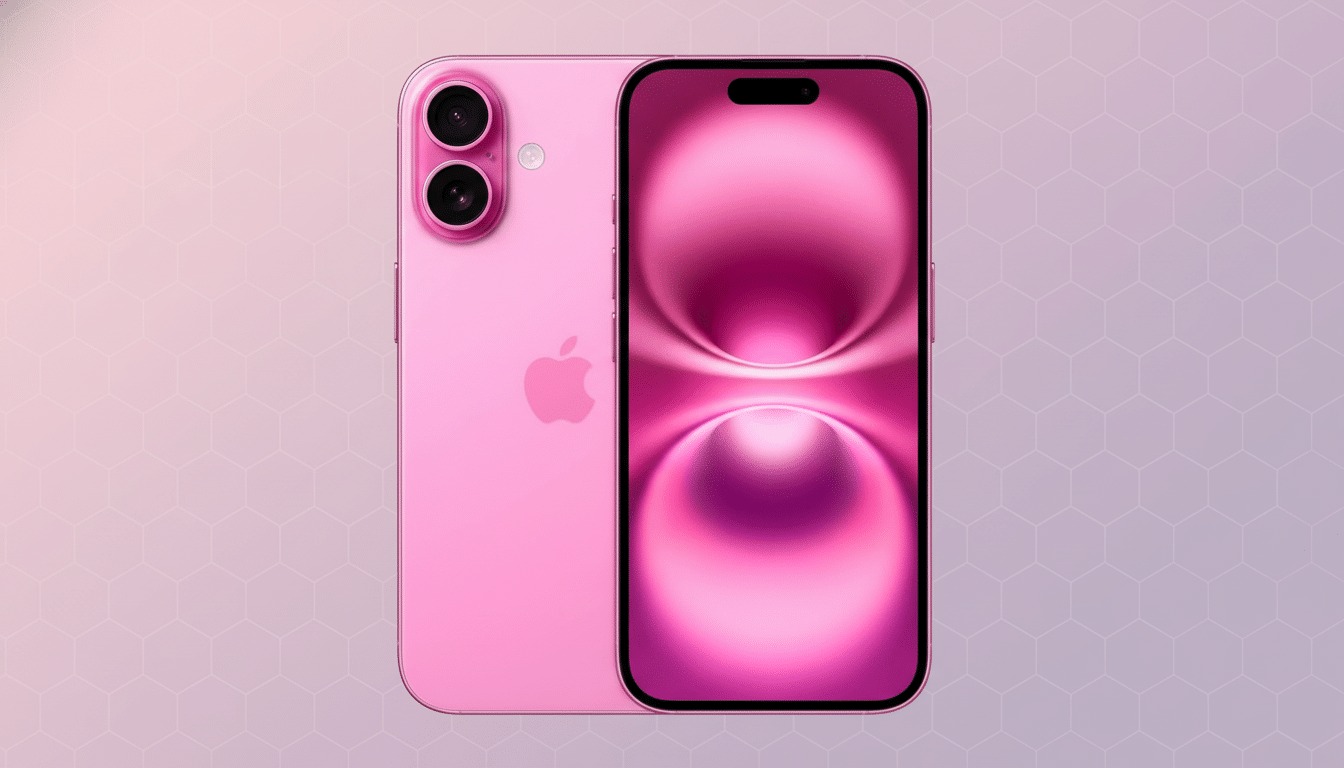Apple is planning a massive ramp-up of satellite capabilities for the iPhone, Bloomberg’s Mark Gurman reports — with plans that go far beyond today’s emergency texting and roadside assistance. The roadmap suggests a more extensive platform play that could include third‑party apps, richer media, and smoother connectivity when users don’t have coverage.
What Apple Is Building for the Next Wave of Satellite
Some of the features under development would be a developer application programming interface that permits only certain apps to utilize satellite links for emergency messages and data, a version of Apple Maps with the ability to route and navigate users without reliance on cellular or Wi‑Fi connectivity, and compatibility for sending messages containing images when no terrestrial coverage is available. Apple is also reportedly working on “natural usage” improvements that mean users don’t need to point their phone directly at the sky to get a lock.
- What Apple Is Building for the Next Wave of Satellite
- Why It Matters to Users Beyond Emergency Messaging
- The Network Behind the Promise of iPhone Satellite
- How It Compares with Rivals in Direct-to-Device
- Business model and rollout questions for satellite iPhone
- What to watch next as Apple scales satellite features

Separately, a report from The Information claims Apple is looking at strengthening 5G coverage by connecting satellites to carrier networks. That corresponds with 3GPP’s Non‑Terrestrial Networks standards, which specify how smartphones can connect to satellites as part of the larger 5G stack.
Why It Matters to Users Beyond Emergency Messaging
Over most of the world’s surface lies no conventional cellular coverage; many resilience features will be more than mere frivolity. Public safety agencies have already credited Apple’s existing Emergency SOS feature with finding stranded hikers and crash victims in remote areas, where bursts of life-saving details can reach low‑Earth orbit satellites.
To the extent that Apple could add photo messaging (and developer support) to devices, field workers or first responders or outdoorsy types could share richer context — a photo of an injury, say, or a washed-out road — when bandwidth is thin. A satellite‑capable Apple Maps would constitute another reason to stop having to pre‑download regions and could prove a potential lifesaver after storms, fires, or anywhere there’s an existing network outage.
The Network Behind the Promise of iPhone Satellite
Globalstar, Apple’s satellite partner, has a low‑Earth orbit constellation and an upgraded global ground segment put in place when Apple introduced the ability to make calls using Emergency SOS over satellite. Apple has previously said it will invest some $450 million in the infrastructure to support that service, and Globalstar’s regulatory filings indicate Apple agreed to fund most of its partner’s next‑gen capacity upgrade in return for preferential access.
Scaling from short text bursts to richer media demands improved link budgets, smarter beam steering, and more capable modems. The “natural usage” goal hints that Apple is working to iterate both software guidance and radio hardware in order to minimize alignment sensitivity. On the carrier front, the agency’s work on Supplemental Coverage from Space has cleared a path for phones to roam between cellphone towers and satellites in orbit under current spectrum rights.
How It Compares with Rivals in Direct-to-Device
Competition for direct‑to‑device satellite is heating up. SpaceX has started testing the texting tech with T‑Mobile, which lets standard phones connect directly to its satellite network so that it can merge satellite and traditional networks. MediaTek and Bullitt launched two‑way satellite messaging in compatible Android devices, while Qualcomm and Iridium were forced to pull the plug on their planned Snapdragon Satellite program following low OEM adoption. Away from the smartphone ecosystem, Garmin’s inReach has remained at the forefront of what people expect from satellite messaging and SOS, a reminder that demand for credible off‑grid comms is very much alive.

Apple’s advantage is essentially vertical integration: owning the silicon roadmaps, iOS, and a curated developer platform. If the company does surface a satellite API with clear guardrails — say it’s focused on safety, authentication, and bandwidth discipline — it could give birth to an entirely new class of resilient apps for logistics and transportation, agriculture, field service, aviation, or travel that doesn’t fragment the user experience.
Business model and rollout questions for satellite iPhone
Apple would still keep basic satellite features free, with more advanced offerings being charged through carriers, according to Bloomberg. That structure matches how emergency service got going, lowering the barrier to adoption while offering operators a way to make money from heavier usage. The approach also lowers the friction for developers, who may be able to create satellite‑aware apps without having to hammer out custom network deals.
Two practical questions remain. First, which features will be supported on current iPhones versus what will need new radio hardware and antennas? And that will depend, secondly, on how quickly Globalstar adds capacity and ground infrastructure to handle more volume. Globalstar has announced plans to build new satellites and gateways for throughput and reliability, and by the time Release 17 is released, standards are expected to evolve somewhat to accommodate higher speeds, but early use cases will be primarily in low‑bitrate messaging rather than broadband services.
What to watch next as Apple scales satellite features
Watch for developer documentation at the next Apple software announcements regarding a satellite API, soon followed by carrier declarations around 5G assisted through satellites — a “heads up” worthy of its own post.
The path to the Commission approving Supplemental Coverage from Space and more Globalstar capacity in space will be equally important leading indicators.
If Apple pulls that off, satellite might move from a last‑ditch emergency feature to a silent, never-not-there safety net that actually ends up making the iPhone more reliable when it counts most.

